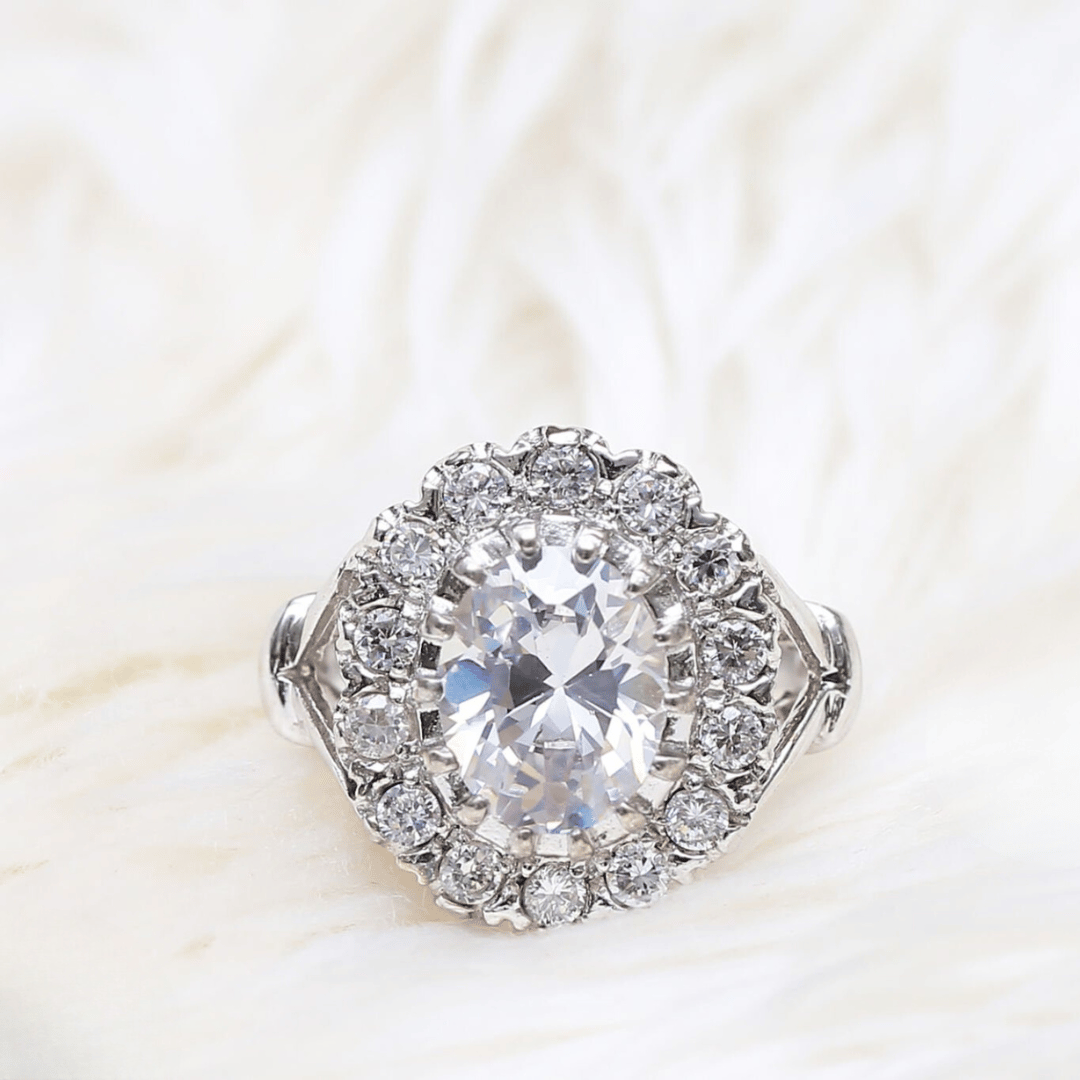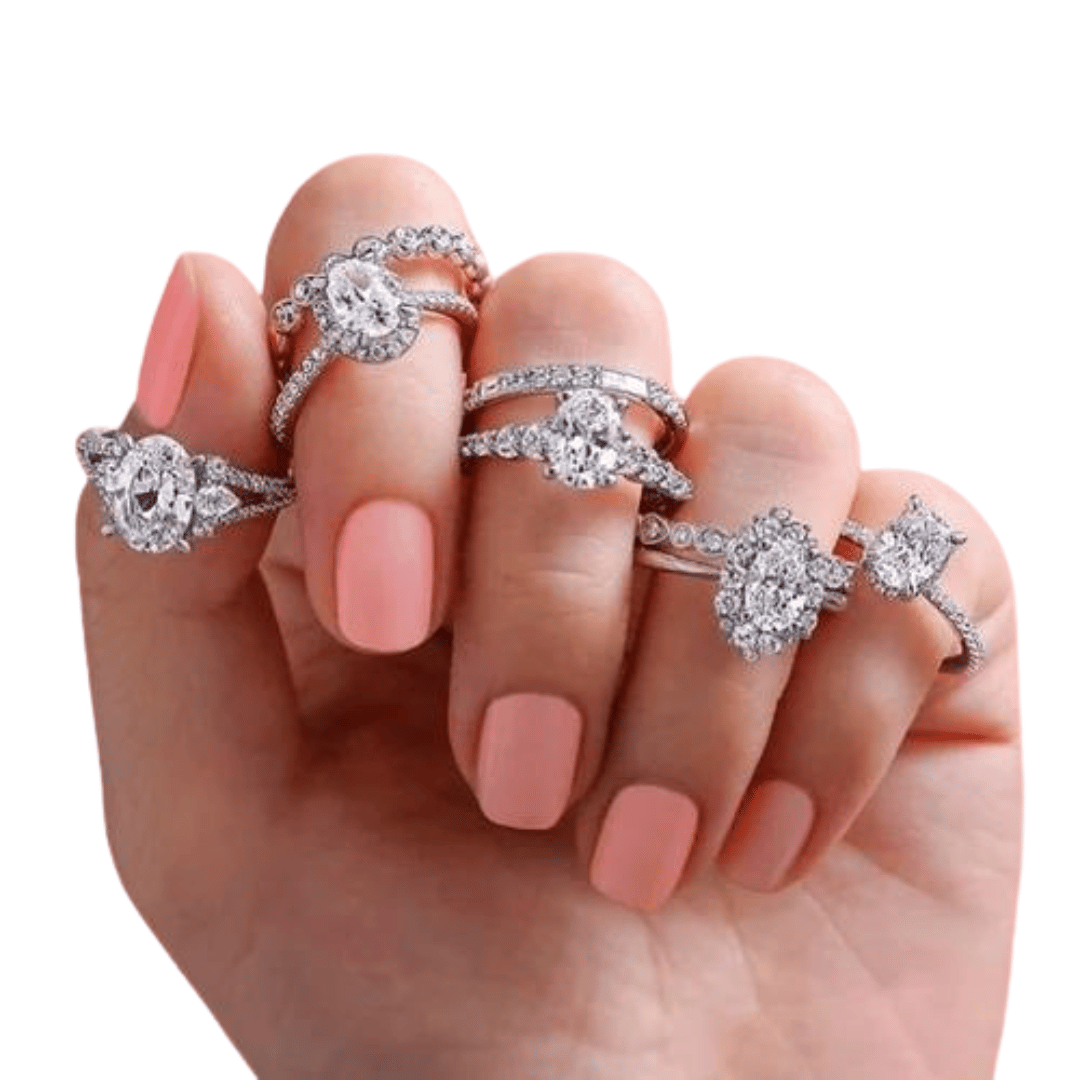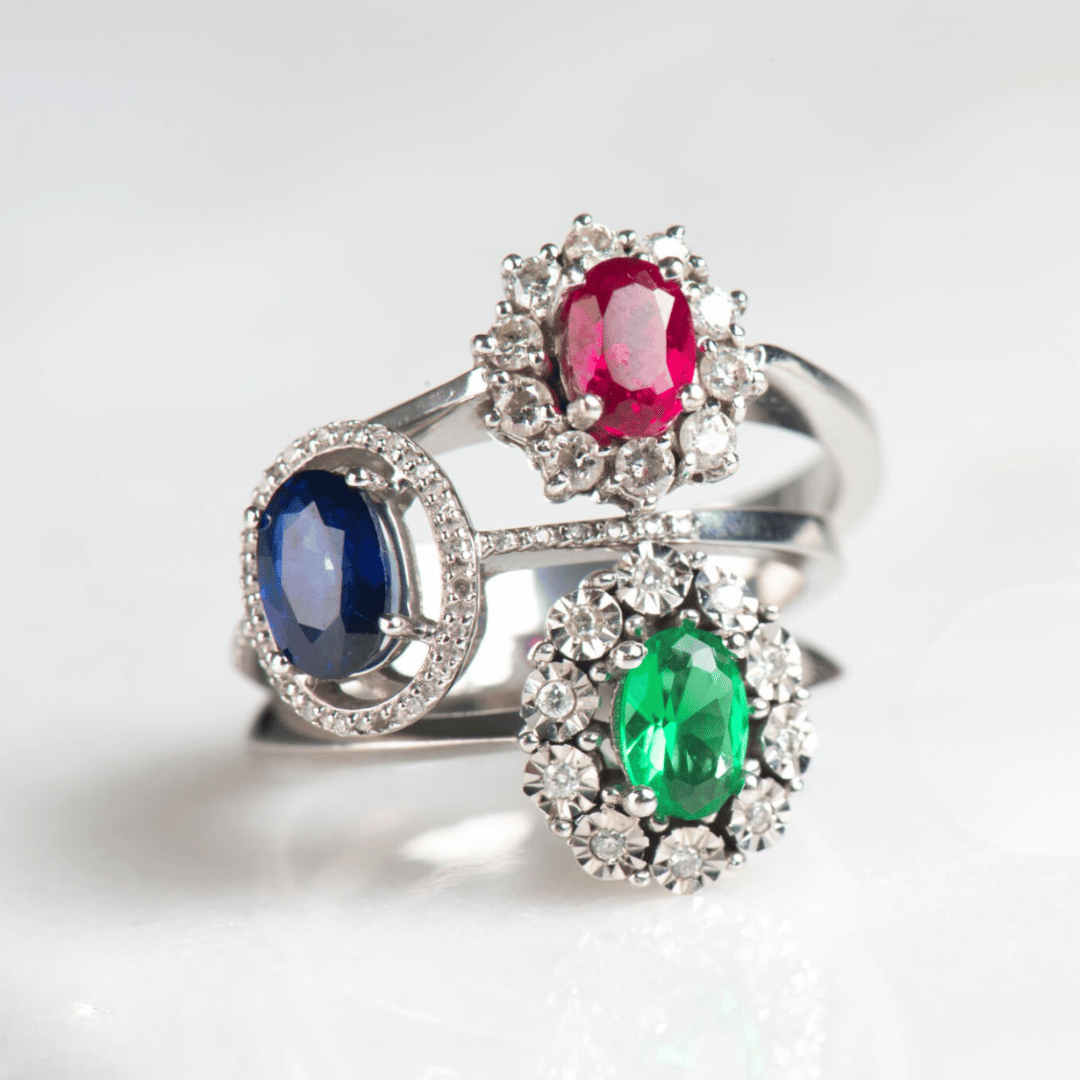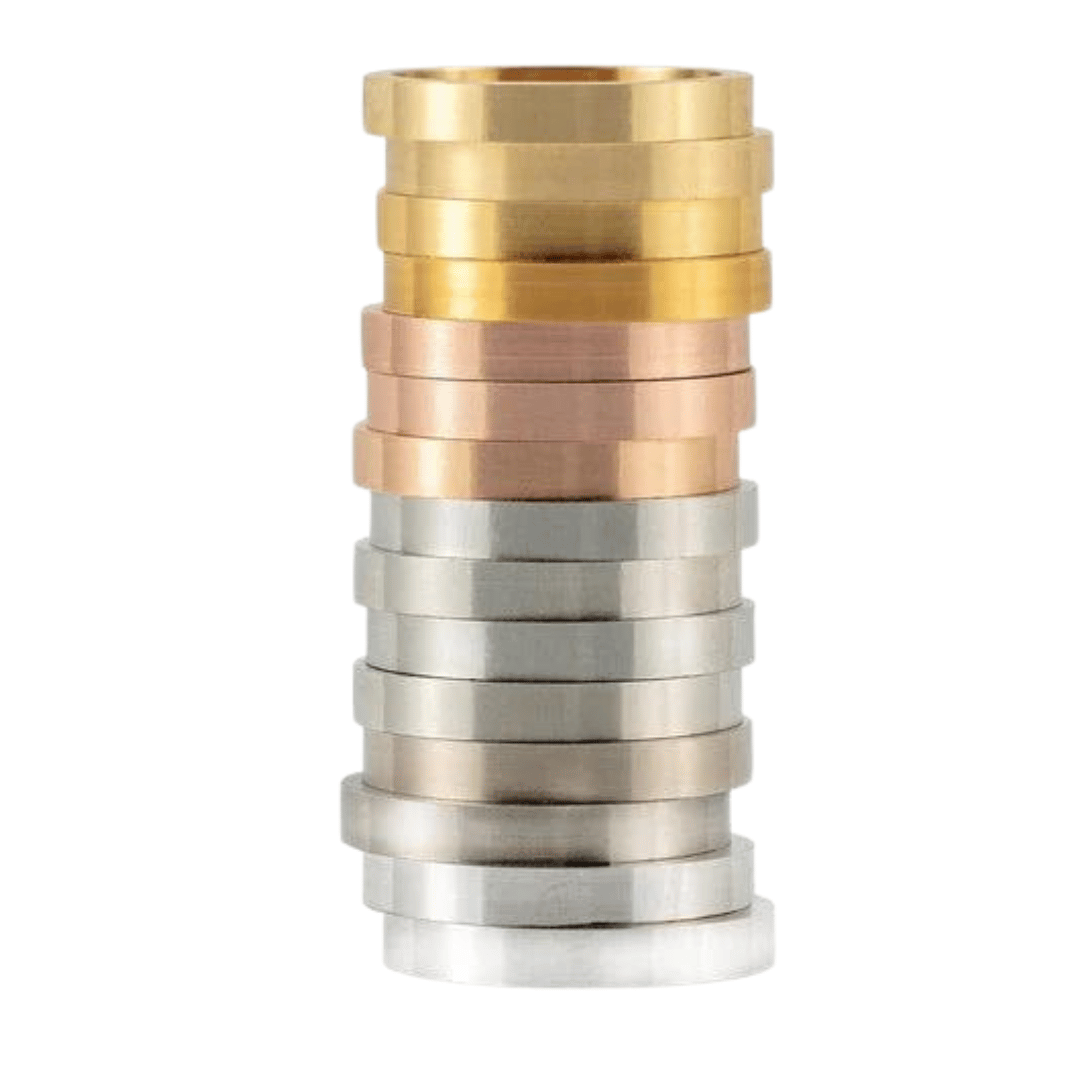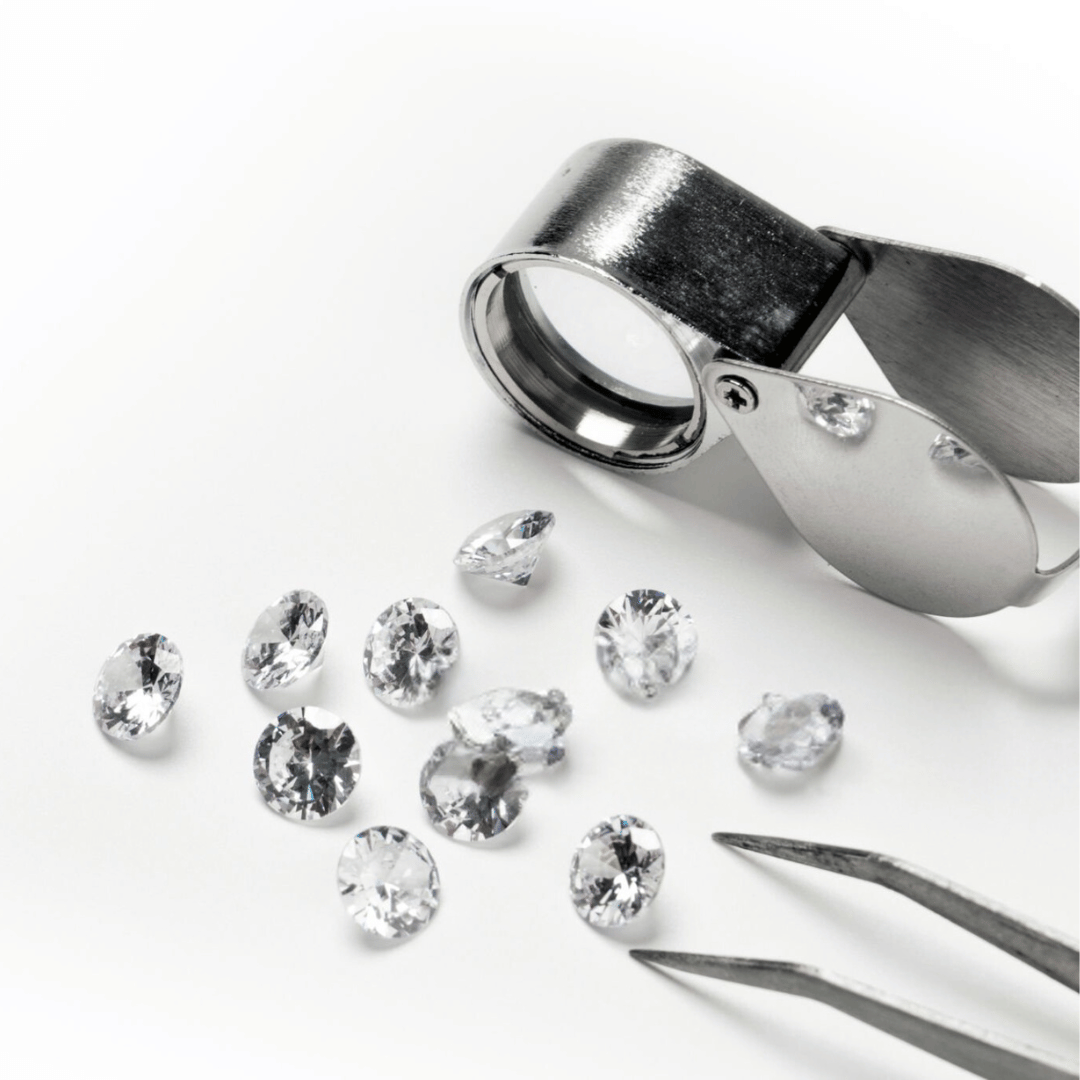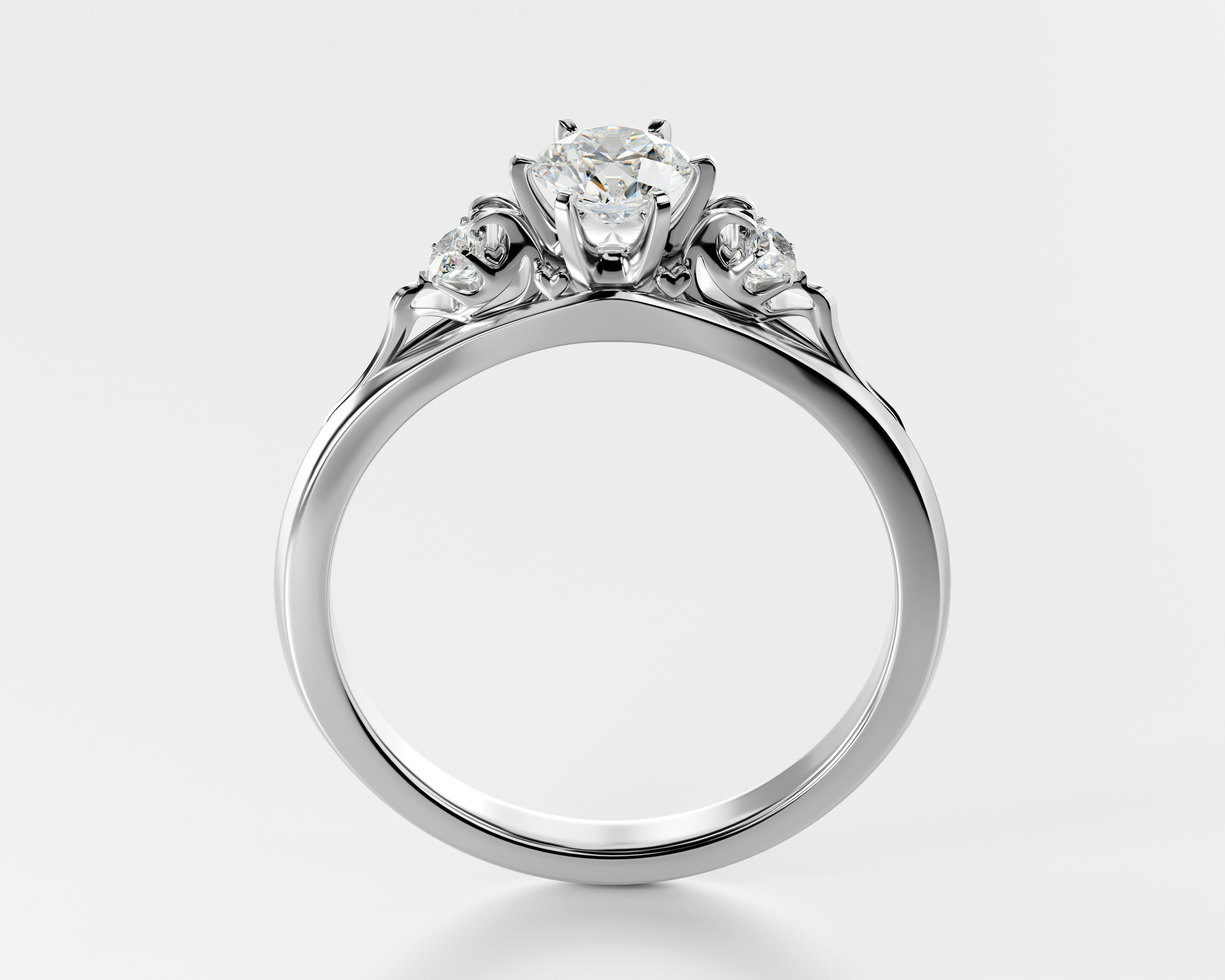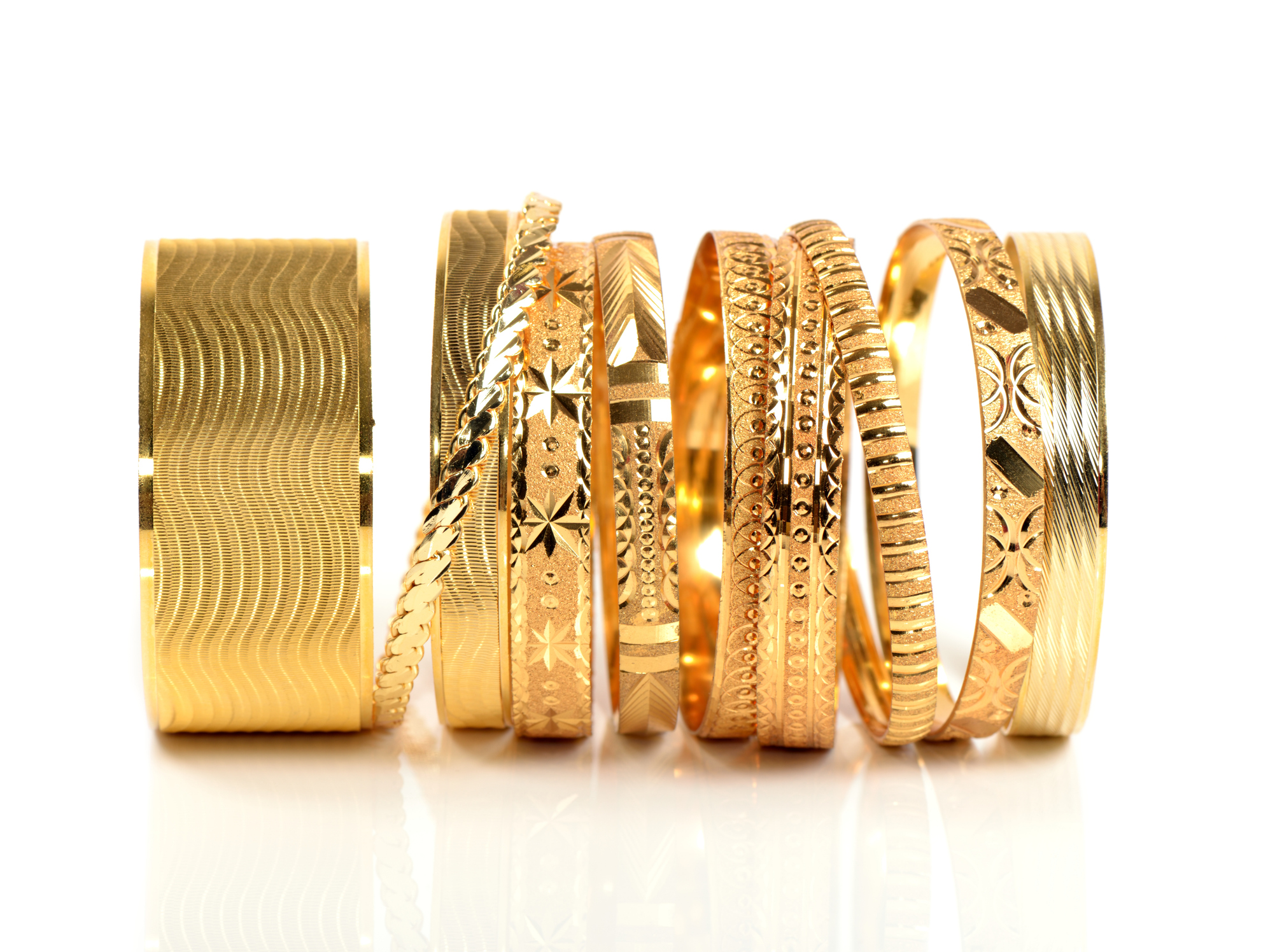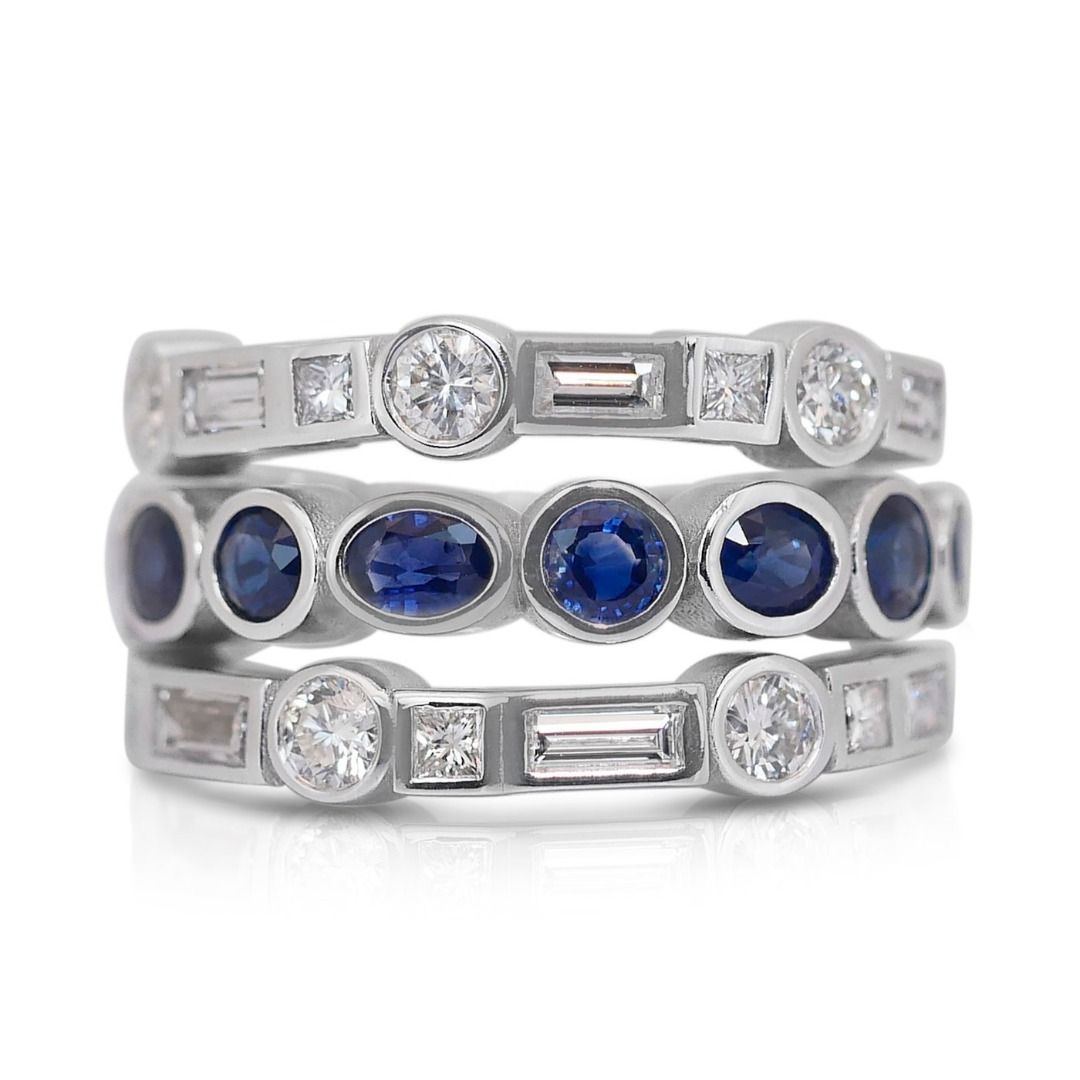What Makes Red Diamonds Red
What Makes Red Diamonds Red
Key Highlights:
- Rare Beauty: Red diamonds are exceptionally rare, even the GIA didn’t encounter any for 30 years!
- True Red: Unlike other coloured diamonds, a red diamond has red as its dominant colour, not a secondary hue.
- The Mystery Deepens: Experts haven’t pinpointed the exact cause of the red colour, but “gliding” within the diamond’s structure might be a factor.
- The Hancock Red: Record Breaker: This 0.95ct diamond achieved a record-breaking price per carat at auction in 1987.
- Why We Love Them: Publicity, celebrity influence, and improved cutting techniques have all contributed to the fascination with red diamonds.
- Fancy Colour Grading: GIA uses terms like “Fancy Deep” and “Fancy Vivid” to describe the intensity of red in these diamonds.
- The Moussaeiff Red: A Star is Born: This triangular brilliant cut diamond’s “astounding” red colour made it a standout at a prestigious exhibit.
- Accessible Options: Treated or synthetic red diamonds offer a more affordable alternative to natural stones.
Nature’s bounty extends to an incredible array of coloured diamonds, but for those seeking a truly unique treasure, red diamonds stand out. Their very rarity speaks volumes; for a period of 30 years (1957-1987), the Gemological Institute of America (GIA), a globally recognised institute with nine labs examining countless diamonds annually, had no record of encountering a single red diamond.
It’s important to distinguish between “red” and hues like purple. A true red diamond exhibits red as its primary colour, without any secondary tones. But what causes this captivating colour? Herein lies the allure of red diamonds – even the experts at the GIA haven’t definitively cracked the code. Despite utilising advanced equipment, the exact reason behind their deep red colour remains a captivating mystery.
One theory suggests a phenomenon called “gliding,” where atoms shift along the octahedral direction within the diamond’s structure. This movement might introduce imperfections in the atomic arrangement, causing the stone to appear red.
Intrigued by the allure of these fiery gems? Let’s delve into some of the most famous red diamonds
The Hancock Red: A Gem that Shattered Records
The Hancock Red, weighing a remarkable 0.95 carats, rose to fame in 1987 when it fetched a staggering $880,000 at auction. This price tag surpassed pre-auction estimates by a factor of eight, translating to a record-breaking $926,315 per carat – the highest per-carat price ever paid for a gemstone at that time.
Why the Allure? A Cocktail of Factors
According to GIA senior analyst R. Shor, the intense publicity surrounding the Hancock Red and other coloured diamonds likely sparked public interest. Celebrities and even diamond cutters themselves play a role – as their expertise evolves, they can coax out more striking hues during the polishing process.
For red diamonds, the GIA employs specific colour grading terms: “Fancy Deep,” “Fancy Vivid,” and “Fancy Intense.” So, if a deeply saturated red is your preference, a “Fancy Vivid” would be the ideal choice.

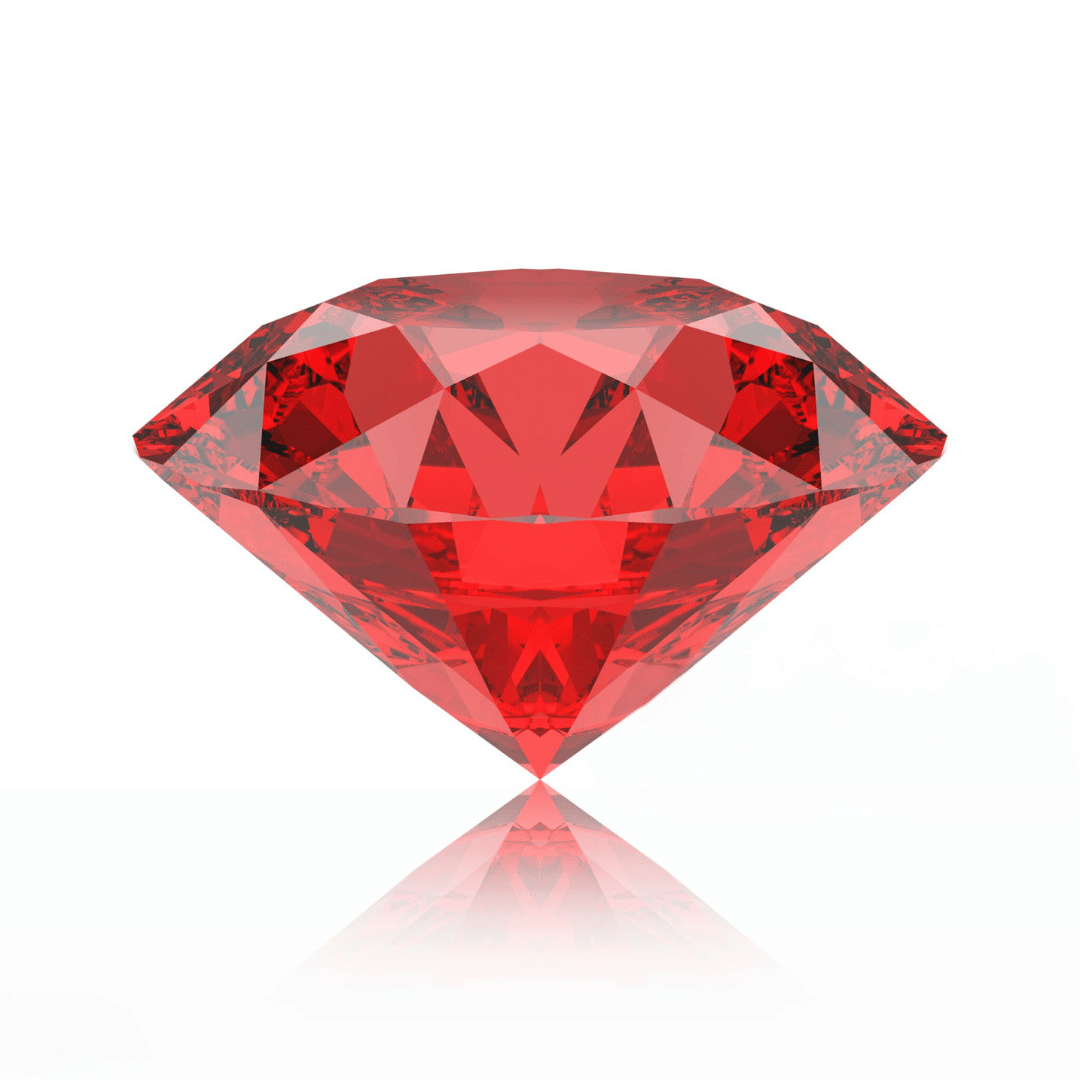
The Moussaeiff Red: A Triangular Marvel
Another captivating example is the Moussaeiff Red, a 5.11-carat triangular brilliant cut stone. This gem graced the Smithsonian Institution’s “Splendor of Diamonds” exhibit in 2003. While not the largest diamond showcased, its “astounding” red hue, as described by the publication Gems & Gemology, secured its place among the exhibit’s most spectacular pieces.
Beyond Natural Rarity: Treated and Synthetic Options
While a natural red diamond commands a hefty price tag, there are more accessible options. Treatments like irradiation, annealing, and coating can be used to create diamonds with red hues. These treated stones, while not natural, are still beautiful and significantly less expensive than their natural counterparts.
So, will a red diamond be the next addition to your exquisite gem collection? While natural stones are a significant investment, treated or synthetic options offer a more attainable path to owning a piece of this captivating red wonder.
Conclusion
The red diamond stands as one of the most fascinating and rare gemstones in the world. Its deep, fiery hue is not only captivating but incredibly unique, with natural red diamonds being among the rarest gems on Earth. The origins of their intense color remain largely a mystery, adding an air of intrigue to their beauty. Unlike most colored diamonds, which owe their hues to specific impurities, the red diamond’s color is believed to be the result of a rare distortion in its crystal lattice—a natural phenomenon that only enhances its allure.
Owning a red diamond is like holding a piece of history and natural wonder in your hands. These stones are often considered treasures among collectors, not just for their beauty but also for their unparalleled rarity. The Hancock Red, for instance, once held the record for the highest price per carat at auction, while the Moussaieff Red, a 5.11-carat diamond, is renowned for its breathtaking brilliance and flawless beauty. Each of these gems ignites the imagination, their value and story growing with every passing year.
Whether you’re a seasoned collector or simply appreciate the wonders of nature, a red diamond is much more than a piece of jewelry—it’s a symbol of exclusivity, artistry, and natural marvel. Their rarity ensures they will always remain conversation pieces, captivating attention and admiration wherever they go.



